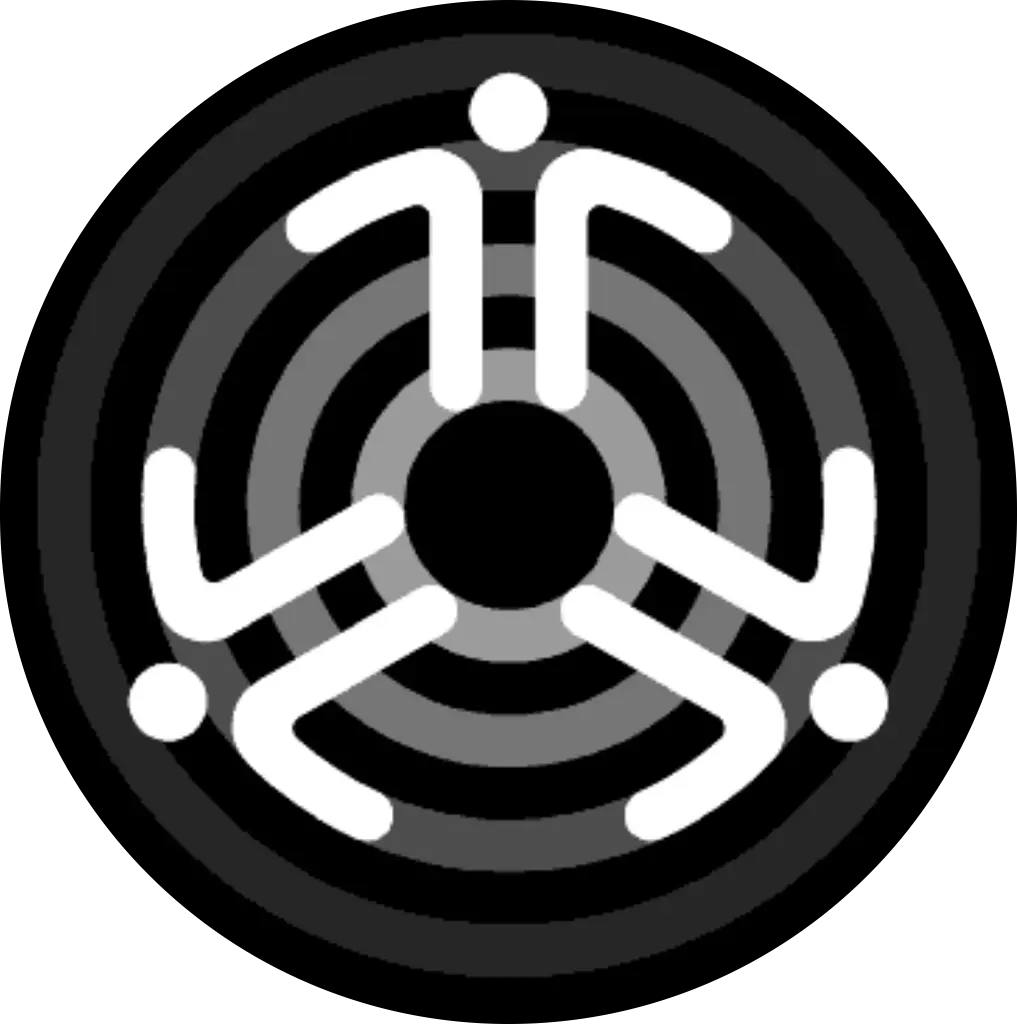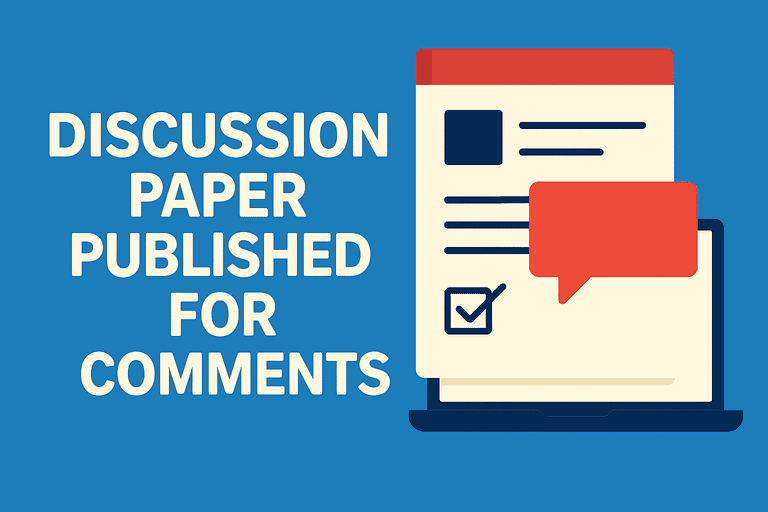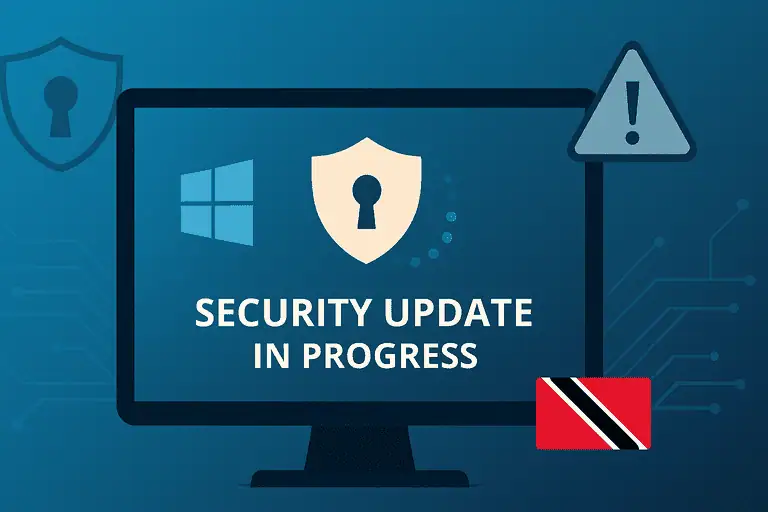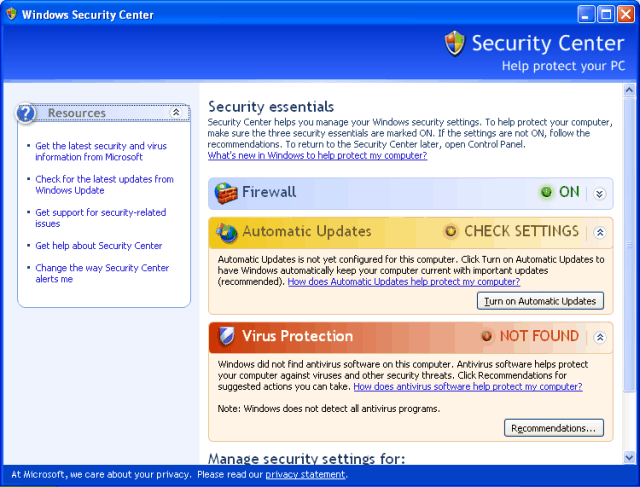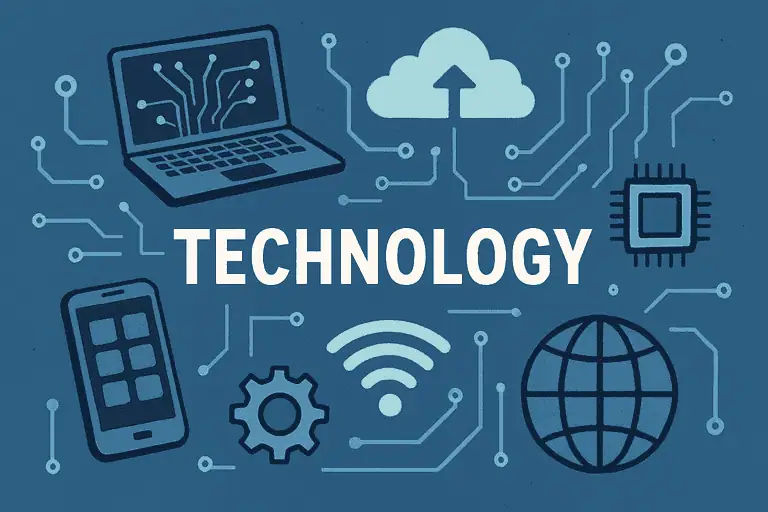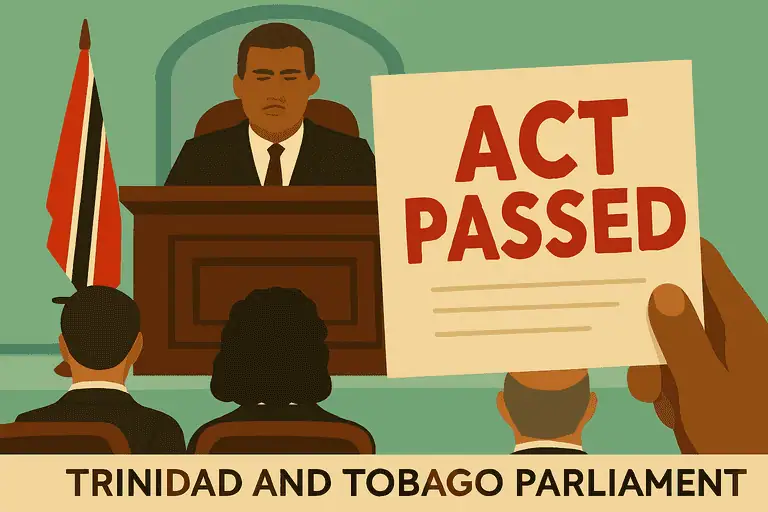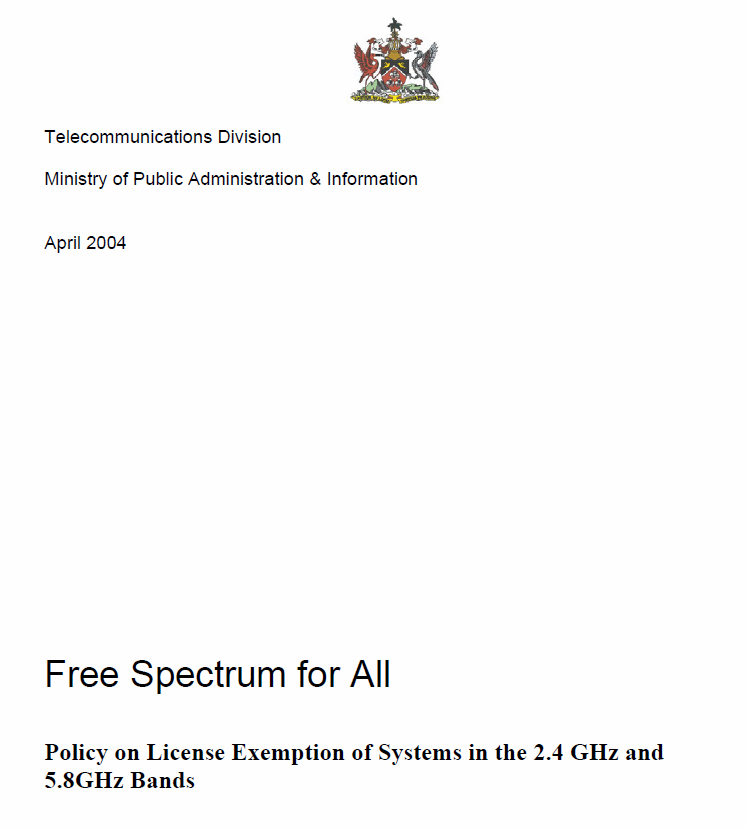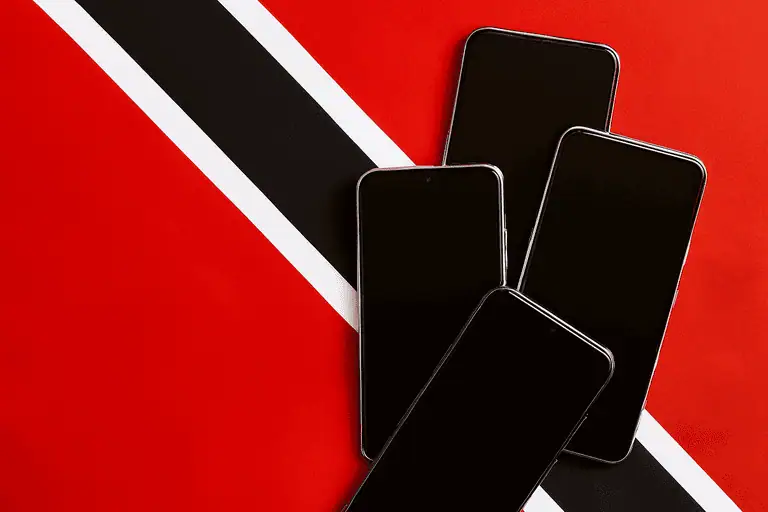Tech Specs for Trinidad and Tobago
Created : July 7th, 2004
Introduction
This page provides information about some of the basic technical specifications and standards in use in Trinidad and Tobago. Will you be visiting Trinidad and Tobago in the near future? Will you be bringing your electronic devices (e.g. digital camera, cellphone, PDA, laptop computer, MP3 player, etc) with you? This page is for you.
Electricity
In Trinidad and Tobago, electricity is distributed by the Trinidad & Tobago Electricity Commission (T&TEC). Their official website is located at: http://www.ttec.co.tt/. According to their website, electricity is supplied:
- at a frequency of 60 Hertz (60Hz).
- the typical residential supply is AC, 115/230 Volt, single phase, 3 wire.
For most purposes, the electrical outlets available to the typical visitor (at hotels, guest houses, homes of relatives/friends, etc) will supply 115V/60Hz electricity.
Notes:
- The electrical voltage can vary in the range 110V to 120V depending on time of day, load conditions, demand, etc.
- Your electrical device should be able to operate in the 110V to 120V range.
Types of electrical plugs:
- Flat blade attachment plug
- Flat blades with round grounding pin
Telephones (land lines)
Land line service in Trinidad and Tobago is provided by Telecommunications Services of Trinidad and Tobago (TSTT). Their webiste is located at: http://www.tstt.co.tt. TSTT uses standards similar to those of North America:
- Telephone outlets use the RJ-11 socket.
- Phones, fax machines, answering machines, modems, etc. are connected to the outlet via a RJ-11 modular plug.
Cellular telephones
The local phone company, Telecommunications Services of Trinidad and Tobago, (TSTT) offers both TDMA and GSM cellular service. Reminder: Check with your cellular service provider for information about roaming rates, compatibility, etc.) before bringing your cellular phone to Trinidad and Tobago.
Further information about the GSM service can be found on our GSM in TnT page.
Television/video standards
Trinidad and Tobago uses the North American standard for television broadcasting.
- Television/video standard: NTSC.
- Number of lines: 525.
- Frequency: 60Hz.
NTSC to PAL and PAL to NTSC conversions are available from local video production companies (check the local telephone directory for contact information) but can be expensive for the average visitor.
Internet Access
Dial-up access is still the most common with “broadband” available in limited areas. For general information check this page: Internet Access Options in TnT
As a visitor, you have several options by which you can access the Internet:
Hotels
The major hotels offer access in one form or the other:
- The access can be directly from your room via a Ethernet cable or WiFi.
- It may also be from a specially designated “computer room” where the hotel already has computers set and ready to access the Internet
- It may also be from a specially designated “computer room” where you can plug your portable computer into a telephone jack or ethernet port.
Cybercafes
There are many cybercafes locate throughout the country, check the local telephone directory for contact information. Quality of service, speed and available equipment/applications varies from cafe to cafe.
Dial-up access
One local ISP, Opus Networx offers a “visitor account” for the duration of your stay. Check the website: http://www.opusnetworx.co.tt for further details.
619-EASY
The local phone company (TSTT) offers Internet access service without the need to sign-up for an account. Simply configure your computer to dial 619-easy (3279) and use the username EASY (use all capital letters because it is case-sensitive). There is no password. The call will cost TT 75 cents per minute (VAT inclusive) and will be billed to the phone number from which the call was made. e.g. if you make the call from telephone number 611-0001 and spend 10 minutes online, then the charge of (0.75 x 10) TT$7.50 for Internet access time will be added to the bill for phone number 611-0001. Please do not abuse the facility and leave your relatives or friends with large phone bills for Internet access time.
Freenets
There are no “freenet”-style 80211.b, 80211.g or other such public access wireless (“WiFi”) networks currently in operation (July 2004).
Computer Hardware
Hardware for PC desktop systems e.g. RAM modules, motherboards, keyboards, mice, network cards, hard drives, floppy drives, video cards, cases, cables, etc are available “off-the-shelf” from local retailers.
Hardware for Macs is not so common. However, modern desktop Macs do use some components that are common to both Macs and PCs so, to a certain, limited extent, hardware is available.
Internal hardware for laptops (PCs and Macs) is rare. These machines use proprietary form factor parts which will not be available “off-the-shelf”.
Reminder: If you are traveling with your various electronic devices (e.g. laptop computer, PDA, digital camera, MP3 player, etc) bring: your AC adapter, spare batteries and your battery charger if possible/where applicable.
Measurement Systems
Trinidad and Tobago uses the Metric system for measurement:
- Length: millimetres, centimetres, metres, kilometres.
- Liquids: litres.
- Weight: grams, kilograms.
- Speed: kilometres per hour (Km/h).
However, as a former british colony, it is not uncommon for citizens to refer to these measurements in their imperial formats, e.g. “pounds”, “miles”, “feet”, “inches”, etc. Note: the Metric system should be used for all business transactions.
Batteries
- Carbon and alkaline batteries are commonly available in the following formats: AAA, AA, C, D.
- “Button” batteries, such as those used in watches and calculators are available.
- Rechargable batteries and those with exotic contents e.g. lithium are less common.
If your electronic equipment (e.g. laptop, digital camera, MP3 player, PDA) uses a battery with a proprietary form factor, it is unlikely you will be able to purchase a replacement “off-the-shelf”.
Reminder: travel with spare batteries and your battery charger if possible/where applicable.
Recordable Media
Recordable Media is available in the following formats:
- VHS standard video tape: 120 and 160 minutes (as measured in SP recording mode). (As of 2013, this is no longer considered a common medium)
- Compact cassettes (As of 2013, this is no longer considered a common medium).
- CD-R(ecordable): 650MB and 700MB are common.
- CD-R specifically for audio is also available (but more expensive than “data” CD-Rs).
- CR-RW (CD-rewritable) is available.
- Recordable 4.7GB DVDs are available. Formats include: DVD-R, DVD-RW, DVD+R, DVD+RW.
Local Radio Stations
Local radio stations use the North American standard for frequency allocation:
- The AM band uses 540 Khz to 1600Khz.
- The FM band uses 88Mhz to 108Mhz.
There are two AM stations: 610 (state owned/operated) and 730 (privately owned/operated).
There are fifteen FM stations: 90.1, 92, 93, 94.1, 95.1, 96.1,
97, 98.1, 100, 101, 102, 103, 104, 105, 106.
Programming content includes: news, community announcements, local music, caribbean music, east-indian music, foreign pop music, hip-hop, talk radio, religious music and talk, easy listening and “golden-oldies”.
Local Television Stations
The 4 local television stations use the North American standard for frequency allocation:
- Trinidad and Tobago Televsion (TTT): state owned/operated. VHF Channel 2 (in Trinidad) and VHF channel 13 (some parts of northern Trinindad and all of Tobago)
- The Information Channel (TIC): state owned/operated. VFH Channel 4 (in Trinidad) and VHF channel 16 (some parts of northern Trinidad and all of Tobago)
- CCN-TV6: privately owned/operated. VHF Channel 6 (in Trinidad), UHF channel 18 (some parts of northern Trinindad and all of Tobago), UHF channel 19 (only in Tobago).
- Gayelle TV: privately owned/operated. UHF Channel 23. This is a “community” channel located in north western Trinidad. Other parts of the Trinidad and and all of Tobago may not receive this broadcast signal.
These stations operate “over the air” on standard VHF and UHF broadcast frequencies. They are also available (unscrambled) on the local cable television system (CCTT) in Trinidad: TTT can be found on channel 3, TIC can be found on channel 4, TV6 can be found on channel 5, Gayelle on channel 7.
Contact the creator of this page
Before you send that email, remember:
We can only answer questions involving Trinidad and Tobago. Do not email us with questions about other countries. We may not be able to answer your question(s).
Information on this page is subject to change without further notice. We may not reply if your question has already been answered by material provided on this page. This page is for information purposes only. It is not an endorsement of the services provided by any entity linked to or mentioned on this page. You are solely responsible for any and all: financial loss, damage to your equipment or loss of data that may result directly or indirectly from the use of information contained on this page.
If you have questions (that have not already been answered on this page), comments, more information to add to this page, etc, please contact us
Last updated : 05/july/2004
DISCLAIMER
The creator(s) of this page and the TTCS are not affiliated with any entity linked to or mentioned on this page. This page has not been endorsed in any way by these entities. Information on this page is subject to change without further notice. If you use any information from this page, you do so at your own discretion and risk and you are solely responsible for any and all: financial loss, damage to your equipment or loss of data that may result directly or indirectly from such use. In other words, if you screw-up, or your equipment or data gets screwed up, it is 100% YOUR fault! Don’t blame anyone else
